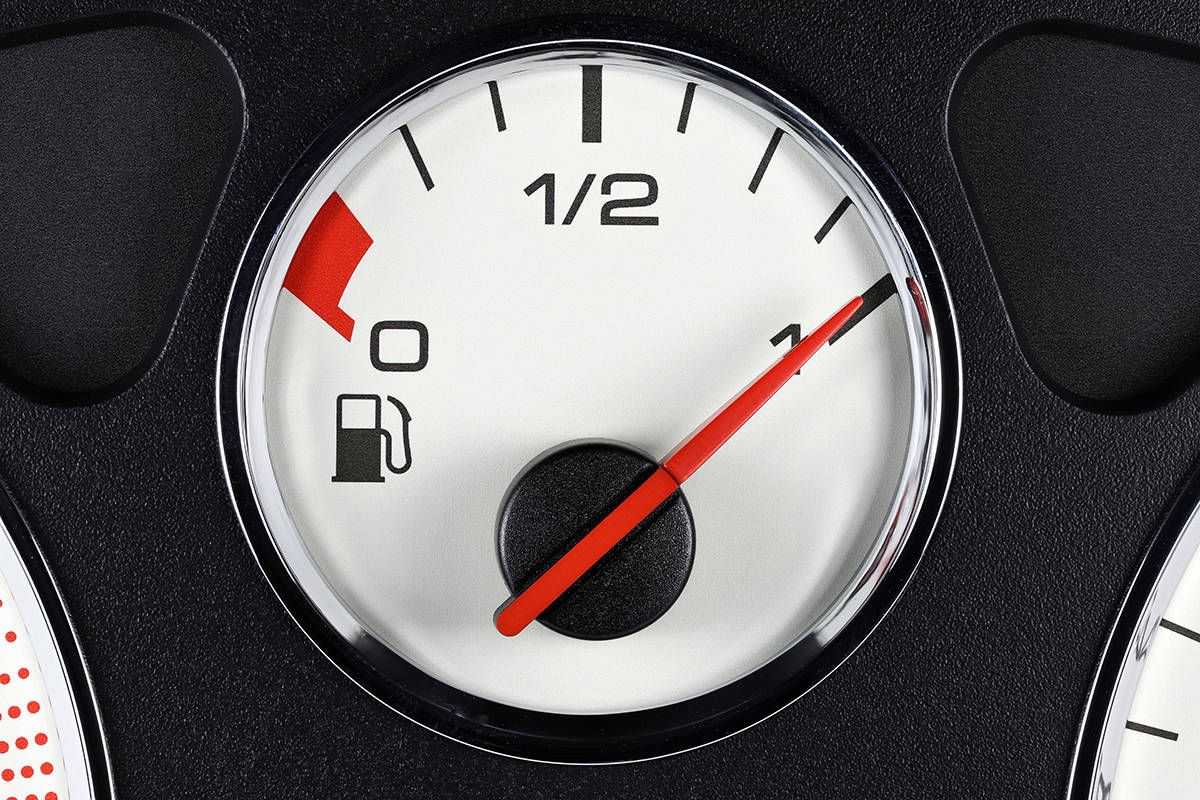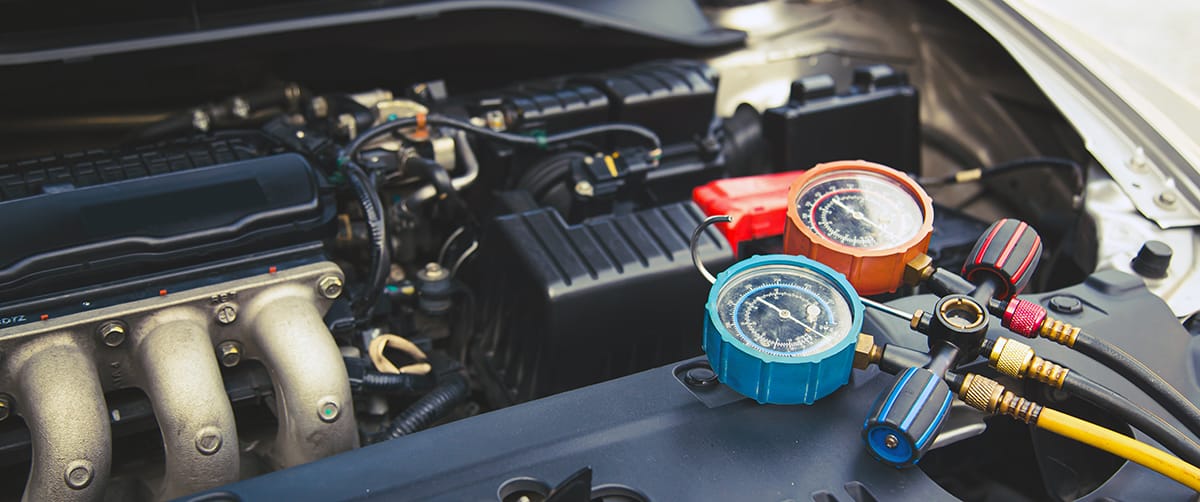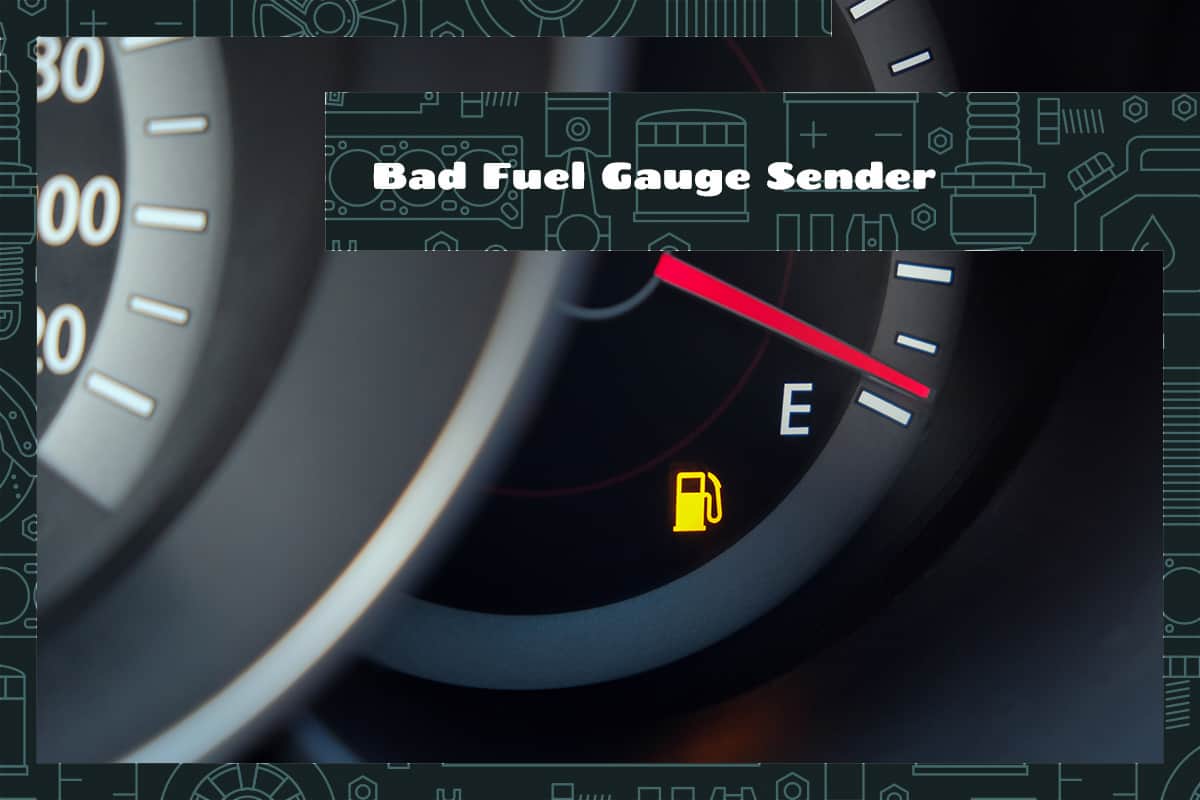When you look at your car’s dashboard, there’s a little dial that shows how much fuel you have left. That’s your fuel gauge. But did you know there’s an important part in your car’s fuel tank called the fuel gauge sender that helps make that dial work? People don’t usually know about this component until something goes wrong.
If your fuel gauge sender isn’t working right, you might notice the following:
- Your fuel gauge is stuck on full or empty
- The gauge fluctuates wildly, even when you’re not using much gas
- You’ve run out of gas, even though the gauge says you have some left
In this article, we’ll dive into how the fuel gauge sender works, why it might stop working, and how to fix it if it does.
How the Fuel Gauge System Works

Your car’s fuel gauge system consists of different parts working together to get the job done. The main parts of this system are the fuel tank, the fuel gauge sender (or sending unit), the gauge on your dashboard, and the wires connecting them all.
Imagine your fuel tank is like a giant water bottle. The fuel gauge sender sits inside this bottle, constantly measuring how much “water” (or fuel) is left. The sender is like a floating device with a rod attached. When the tank is full, the float is at the top. As you use fuel, the float goes down. The rod attached to the float moves a resistor, which changes electrical resistance.
This is where the wiring comes in. The sender sends this resistance information through the wires to your fuel gauge. The gauge interprets this information and displays it as the amount of fuel left in your tank. This is why when your tank is full, the gauge points to ‘F,’ and when it’s empty, it points to ‘E.’
Common Causes of Fuel Gauge Sender Failures
Let’s look at the three most common causes: wear and tear, contamination from bad fuel, and electrical issues.
1. Wear and tear
The float, which moves up and down to measure the fuel level, can become less buoyant. This happens because of constant contact with fuel. When it doesn’t float as well, it can’t accurately measure the amount of fuel in the tank.
The resistor, which sends the electrical signal to your fuel gauge, can also wear out. Over time, it may not be able to accurately translate the float’s position into an electrical signal.
2. Damage due to contaminants
Fuel isn’t always pure; it can have dirt, rust, or water in it. These contaminants can damage the sender, causing it to send the wrong signals to your fuel gauge.
So, how does bad fuel get into your car? Sometimes, gas stations might have contaminated fuel. Other times, if your fuel cap isn’t tight or your fuel tank has rust, contaminants can get in that way.
3. Electrical issues
If the wires connecting the sender and gauge are damaged, they can’t carry the signal correctly. This could cause your fuel gauge to read empty, full, or fluctuate even when your fuel level isn’t changing.
Another electrical problem could be a blown fuse. Fuses are safety devices that protect your car’s electrical circuits from getting too much current. If the fuse for your fuel gauge circuit blows, the whole system won’t work.
Diagnosing a Bad Fuel Gauge Sender
First, pay attention to the symptoms. Is your fuel gauge stuck on full or empty? Does it change a lot without you using much fuel? These could be signs of a bad sender. Next, you can do a visual check. This means looking at your fuel gauge while you’re driving. If it’s not steady or it’s acting strangely, the sender might be the problem.
For a more detailed check, you can use a tool called an ohmmeter. An ohmmeter measures electrical resistance. But be careful, this step involves working with your car’s electrical system, which can be dangerous if you’re not sure what you’re doing.
If you’re not comfortable doing these checks yourself or if you’re still not sure what’s wrong, it’s a good idea to take your car to a professional. A mechanic has special tools and knowledge to accurately diagnose and fix the problem.
Steps to Fix a Bad Fuel Gauge Sender

Here, we’ll take you through the steps of fixing a bad fuel gauge sender.
Necessary tools and safety measures
These include a new sender, a wrench or socket set, and a jack to lift your car. Make sure to work in a well-ventilated area away from any open flames. Fuel is flammable, so safety is a must!
Detailed procedure: Removing and replacing the fuel gauge sender
- Disconnect the battery: You’ll need to do this for your own safety. Remember: you should disconnect the negative (-) terminal first!
- Drain the fuel tank: You can do this by running your car until it’s out of gas, or you can siphon the fuel out.
- Remove the fuel tank: Next, you’ll need to take out the fuel tank. This is usually under the car, held in place by straps. Be careful; even an empty fuel tank can be heavy.
- Replace the fuel gauge sender: Now, you can take out the old fuel gauge sender and put in the new one.
- Reinstall the fuel tank: Put the fuel tank back in place and refill it with gas.
Post-replacement checks
After you replace the fuel gauge sender, you need to check that everything is working right. Start your car and look at the fuel gauge. It should show the correct fuel level now. If it doesn’t, or if you notice any fuel leaks, there might be a problem. If you’re unsure about anything, take your car to a mechanic to check it out.
FAQs
1. Can a bad fuel gauge sender affect fuel economy?
A bad fuel gauge sender won’t directly affect your car’s fuel economy. That’s because it doesn’t control how much fuel your car uses. It only measures the amount of fuel in your tank and tells your fuel gauge. However, if it’s not working right, it might show the wrong fuel level. You might think you have more gas than you actually do. This could lead to running out of gas unexpectedly and being stranded.
2. Can a bad fuel gauge sender cause a car to stall?
No, a bad fuel gauge sender can’t cause your car to stall directly. Car stalling usually happens when there’s a problem with the engine getting the right mix of air and fuel. The fuel gauge sender’s job is to measure the fuel level in your tank and send that information to the fuel gauge on your dashboard. So, if it’s not working right, the main problem you’ll have is not knowing how much gas you have left.
However, if you run out of gas because your fuel gauge sender isn’t accurate, then yes, your car will stall.
3. How often should a fuel gauge sender be replaced?
There’s no set time or mileage for replacing a fuel gauge sender. It’s not like changing your oil or rotating your tires. You typically only need to replace it if it’s not working right. If you notice your fuel gauge acting up, like showing full or empty all the time, or changing a lot without you using much gas, it might be time to replace your fuel gauge sender. But remember, it’s always a good idea to have a professional mechanic check it out to make sure that’s the problem.







